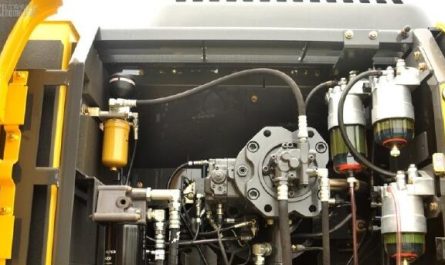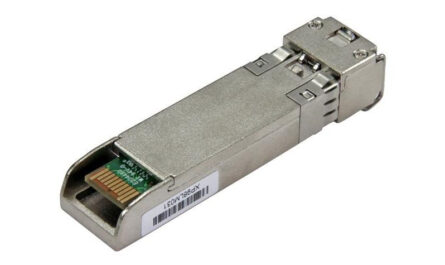The automotive industry is currently undergoing a massive transformation towards electrification. Automakers across the globe are rapidly shifting their focus from internal combustion engines to electric powertrains. There are multiple drivers pushing this change but the overriding factors are increasingly stringent emission regulations and the urgent need to reduce vehicular pollution and transition to cleaner sources of energy.
Components of an Electric Powertrain
An Electric Powertrain essentially replaces the gasoline or diesel engine and transmission of a conventional vehicle with electric motors, batteries, and power electronics. The core components of an electric powertrain include:
– Batteries: Lithium-ion batteries are currently the predominant energy storage technology used in electric vehicles (EVs). Continuous improvements are being made to increase battery energy density, lifespan, and reduce costs.
– Electric Motors: Most EVs use three-phase AC induction or permanent magnet synchronous electric motors that provide silent yet powerful torque for propulsion. Advances in rare-earth free magnets and motor control strategies are improving efficiency and performance.
– Power Electronics: Powerful semiconductor switches regulated by motor controllers harness the battery power and optimize it for usage by the electric motor(s). Advances in wide bandgap materials like silicon carbide are enabling more compact and higher power density electronics.
– Charging Infrastructure: Publicly available charging stations that can rapidly replenish the batteries are critical to alleviate range anxiety concerns. Both slower Level 1 and Level 2 charging as well as the fastest DC quick charging options are being deployed globally.
Drivers of Electrification
The convergence of multiple factors is accelerating the large-scale adoption of electric powertrains across major vehicle segments.
Emissions Regulations: Stringent emission norms like Euro 7 and tougher fleet-average limits on carbon dioxide are putting pressure on automakers to electrify their lineups. Electric powertrains have zero tailpipe emissions.
Falling Battery Prices: Continuous technological progress is driving down the costs of lithium-ion batteries considerably. Several predictions indicate price parity between electric and ICE vehicles could be reached within this decade.
Consumer Preference: As EVs become more affordable and practical with longer ranges, their quiet yet powerful driving experience is appealing to many buyers who are increasingly environment-conscious as well.
National Initiatives: Several countries have announced plans to phase out or ban sales of new internal combustion engine cars in the coming years. This provides long-term policy certainty that is attracting massive investments into electric vehicles and infrastructure development.
Oil Security: The geopolitics of oil imports is another macro driver prompting nations to reduce dependence on petroleum with widespread electrification of road transport powered by domestic renewable energy sources.
Technology Advances Enabling Mainstream Adoption
While EVs are gradually gaining broader market acceptance, further advances across key technologies will be instrumental in making electric powertrains the norm rather than a niche:
– Battery Improvements: Higher energy densities enabling ranges over 500 km per charge without significant price increases will address most consumer anxieties. Solid-state batteries promising even further gains are under development.
– Fast Charging: The ability to charge an EV to 80% capacity within 15-20 minutes comparable to refueling an ICE car is critical for long-distance travel. Automakers are investing heavily in nationwide high-power charging networks.
– Motors and Power Electronics: Incremental but continuous efficiency gains from optimized motor design using advanced materials coupled with developments like silicon carbide switches that slash electrical losses will lower battery requirements and costs.
– Used EV Market: As the first wave of EVs approach the end of their first lifecycle, a thriving market for lower-cost used electric vehicles with sufficient remaining capacity will make personal EVs affordable to an even larger customer base globally.
– Autonomous Driving: Self-driving capabilities combined with customizable in-vehicle experiences are positioning EVs to become mobility platforms of the future, further propelling electric powertrain adoption.
The Inevitability of Electric Transportation
Bringing together all factors, the electrification of road transportation now appears inevitable across all major geographies and vehicle segments in the coming years and decades. While internal combustion engines will co-exist in the short-term, their market share will diminish steadily as electric powertrains and supporting charging infrastructure become increasingly widespread, affordable and convenient. Electric vehicles offer not just environmental benefits but also a superior driving experience. With continued progress, EVs will eventually render gasoline-powered cars obsolete much like electric starters replaced hand cranks. The future is electric, and we are witnessing the emergence and technology advances that will realize that transformation at a massive scale.
*Note:
1. Source: Coherent Market Insights, Public sources, Desk research
2. We have leveraged AI tools to mine information and compile it




